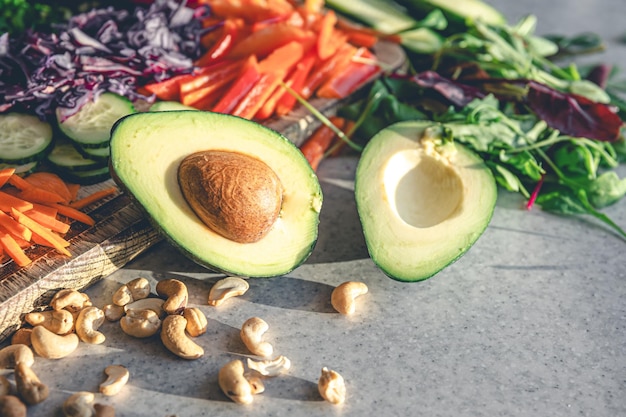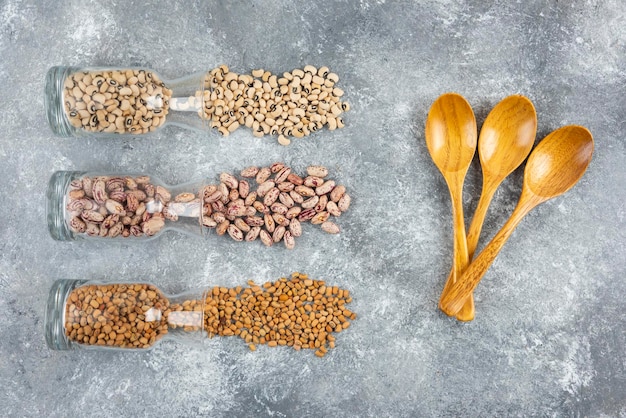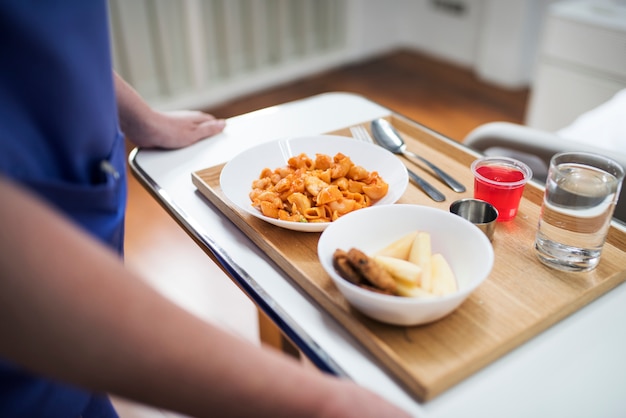45 Plant-Powered Strategies to Balance Blood Sugar & Support Healthy Blood Pressure
Managing blood sugar and blood pressure simultaneously can feel overwhelming—but a well-planned plant-based diet offers powerful, natural support. Backed by research, plant-focused eating improves insulin sensitivity, reduces inflammation, and supports cardiovascular health. This comprehensive guide delivers 45 practical, science-aligned strategies to help you stabilize blood sugar while supporting healthy blood pressure—especially important for those managing hypertension.
Why Plant-Based Eating Works
A plant-based diet emphasizes whole grains, legumes, vegetables, fruits, nuts, and seeds while minimizing or eliminating animal products. Studies show this approach improves heart health by lowering cholesterol, reducing arterial stiffness, and promoting healthy weight—all factors that benefit both blood sugar control and blood pressure.
Fiber-rich plant foods slow glucose absorption, preventing spikes. Meanwhile, potassium-rich foods like spinach and bananas help counteract sodium’s effects, supporting healthy vascular function.

45 Practical Ways to Stabilize Blood Sugar on a Plant-Based Diet
- Start your day with a high-fiber breakfast like oats with chia seeds and berries.
- Choose whole grains over refined grains—opt for brown rice, quinoa, or barley.
- Include legumes (lentils, chickpeas, black beans) in at least two meals daily.
- Snack on raw nuts like almonds or walnuts to curb cravings and balance glucose.
- Eat non-starchy vegetables at every meal—broccoli, kale, zucchini, peppers.
- Pair carbohydrates with healthy fats or protein to slow digestion.
- Drink plenty of water throughout the day to support metabolic function.
- Limit added sugars and choose whole fruits instead of juices.
- Use vinegar (apple cider or balsamic) in dressings—acetic acid helps lower post-meal glucose.
- Cook beans with kombu to improve digestibility and nutrient absorption.
- Include flaxseeds daily—ground flax supports insulin sensitivity.
- Choose low-glycemic fruits like apples, pears, and citrus.
- Practice mindful eating to improve digestion and prevent overeating.
- Space meals evenly—avoid skipping meals to prevent glucose swings.
- Use cinnamon in smoothies or oatmeal—studies suggest it may improve glucose metabolism.
- Try resistant starch by cooling cooked potatoes or rice before eating.
- Add turmeric to meals—curcumin has anti-inflammatory and metabolic benefits.
- Include fermented plant foods like sauerkraut or kimchi for gut health.
- Limit processed vegan foods—many are high in sodium and refined carbs.
- Choose unsweetened plant milks like almond or soy.
- Plan meals ahead to avoid blood sugar-disrupting convenience choices.
- Use herbs and spices instead of salt to flavor food and support circulation.
- Monitor portion sizes, especially with starchy vegetables and grains.
- Exercise after meals—just 10 minutes of walking lowers post-meal glucose.
- Get consistent sleep—poor sleep disrupts insulin and cortisol.
- Track your meals and symptoms using a journal or app.
- Test blood sugar occasionally (if advised) to see how foods affect you.
- Focus on colorful plates—phytonutrients in colorful plants support metabolic health.
- Use avocado as a healthy fat source to improve satiety and glucose control.
- Include edamame or tofu as a protein source in lunches and dinners.
- Drink green tea—its antioxidants may support insulin function.
- Limit alcohol, which can cause glucose fluctuations and raise blood pressure.
- Stay active throughout the day—stand, stretch, or walk hourly.
- Manage stress with breathing, meditation, or gentle yoga.
- Join a supportive community focused on plant-based wellness.
- Set small, achievable goals—like adding one new vegetable each week.
- Celebrate non-scale victories like steady energy or better sleep.
- Use visual cues—keep fruit on the counter and veggies pre-washed.
- Batch-cook grains and beans for easy, balanced meals.
- Read labels—avoid hidden sugars and sodium in packaged foods.
- Choose low-sodium versions of canned goods or rinse thoroughly.
- Include magnesium-rich foods like spinach, pumpkin seeds, and almonds.
- Try meatless Mondays as a starting point if transitioning slowly.
- Use lettuce wraps or collard greens instead of bread for lower-carb options.
- Blend smoothies with protein (nut butter, hemp seeds) and fiber (berries, greens).
- Stay consistent—long-term habits matter more than perfection.
Tracking & Motivation Tips
Use a simple journal or app to log meals, energy levels, and blood pressure readings. Note patterns—do you feel sluggish after certain foods? Does your pressure improve on high-potassium days?
Motivation cues: Place sticky notes on your fridge (“Fuel your heart”), set phone reminders to drink water, or create a vision board with health goals. Progress isn’t linear—focus on consistency, not perfection.

Final Thoughts
A plant-based diet isn’t about restriction—it’s about abundance. By choosing nutrient-dense, fiber-rich plant foods, you naturally support stable blood sugar and healthy blood pressure. Start with a few of these 45 strategies, track what works, and build sustainable habits over time. Your heart and metabolism will thank you.
















